Why Some Older Luxury Condos Are Struggling To Impress Modern Buyers In Singapore Today
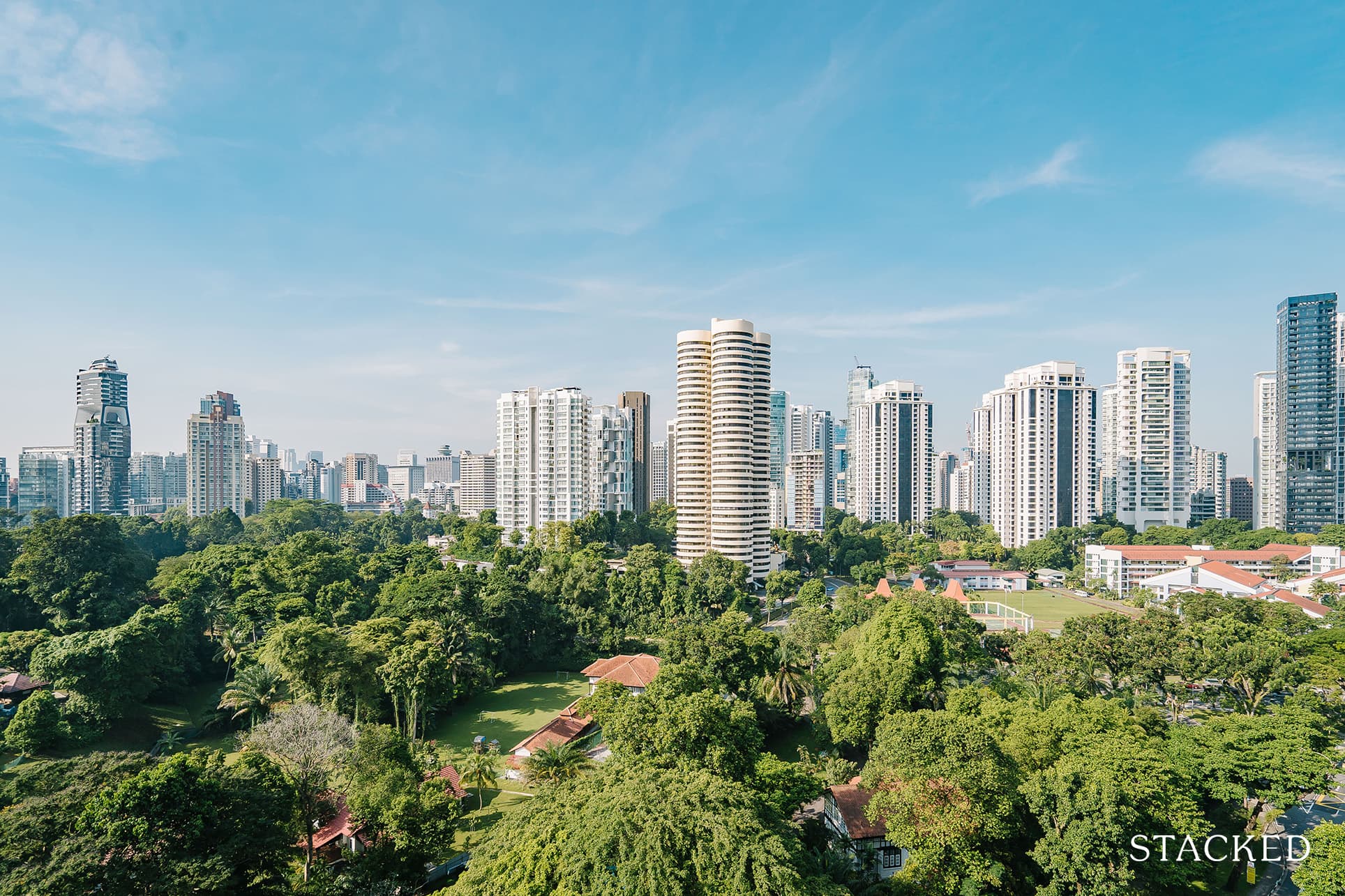
Get The Property Insights Serious Buyers Read First: Join 50,000+ readers who rely on our weekly breakdowns of Singapore’s property market.
A seasoned content strategist with over 17 years in the real estate and financial journalism sectors, Ryan has built a reputation for transforming complex industry jargon into accessible knowledge. With a track record of writing and editing for leading financial platforms and publications, Ryan's expertise has been recognised across various media outlets. His role as a former content editor for 99.co and a co-host for CNA 938's Open House programme underscores his commitment to providing valuable insights into the property market.
Whenever buyers ask to view older luxury condos – the sort in places like Orchard, River Valley, and Holland V – some property agents cringe internally. The reason is simply that, besides their location, many of these older prime area/luxury condos just haven’t kept up with the condos of today. Standards have jumped significantly since the ‘90s, and what was considered fancy back then is about as impressive as having a nearby bus stop today (i.e., no one is amazed). Here’s a rundown of this issue we’re experiencing on the ground right now:
What makes a “luxury condo” different?
While location is usually what comes to mind, it’s other elements as well. This has included personal pools inside units, high ceilings and other high-end furnishings. There’s an expectation that people will be able to recognise a high-end condo the moment they see it; and here’s where the problem lies:
Many of the luxury condos built in earlier years, namely the 2000s era and later, now look worse than mass-market, fringe region condos (barring extensive renovation). This is especially coming from younger buyers who are upgrading from more mass market developments and are on the lookout for more premium homes. While the location may be an upgrade, the entire package doesn’t quite seem like one – from an ambience perspective.
Take, for instance, a condo like Orange Grove Residences. It’s in an undoubtedly premium location, in a low-density area in District 10. But the facade is increasingly dated, and while it certainly isn’t a bad environment to live in at all, it isn’t what most people would term as luxurious today.
And that’s on the outside. On the inside, besides the larger size of the unit, it bears the hallmarks of the issues of floor plans of that era.
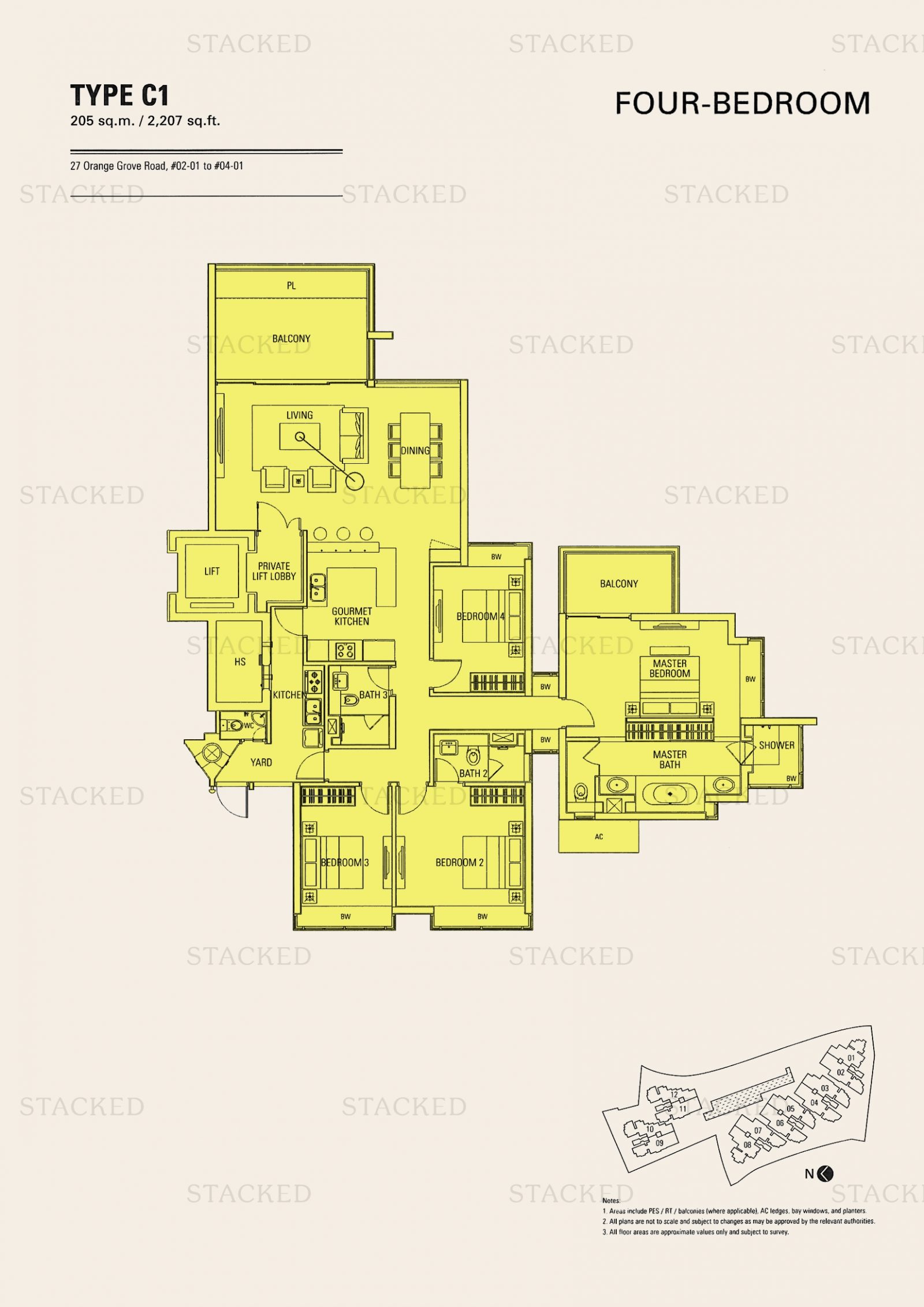
Just look at the number of bay windows and planters present.
In short, the features of many older luxury condos either (1) make them look unexceptional, comparable to any mass market condo today, or (2) have floor plans that are generally inefficient.
Contrast this to a modern mass-market development like Parc Esta, where the lobbies look more presentable, and even the common areas like the courtyard, etc are well-landscaped.
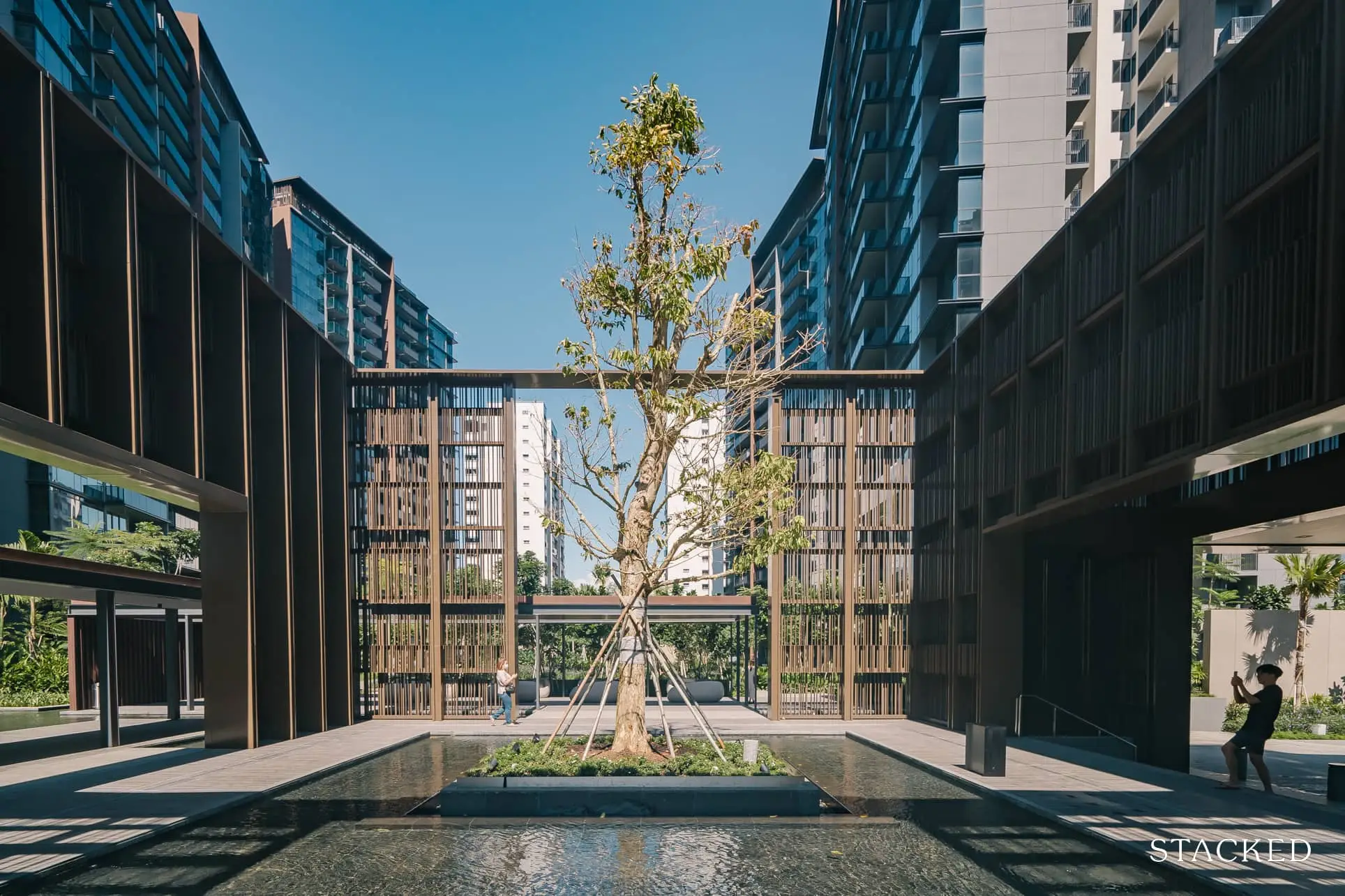
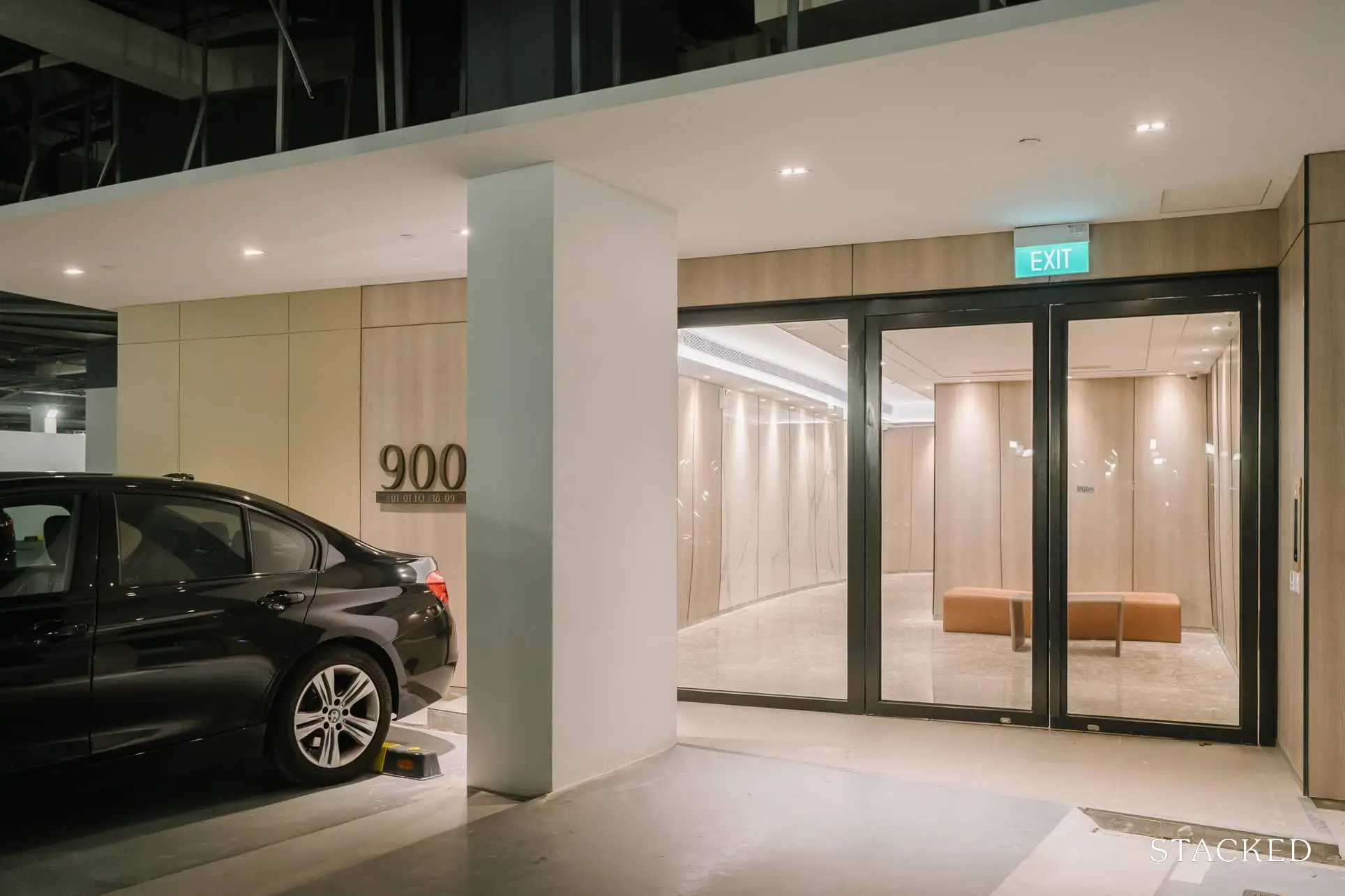
We could see this even in a slightly older era of condos like Principal Garden, where developers had to take projects to a better level in order to woo homebuyers.
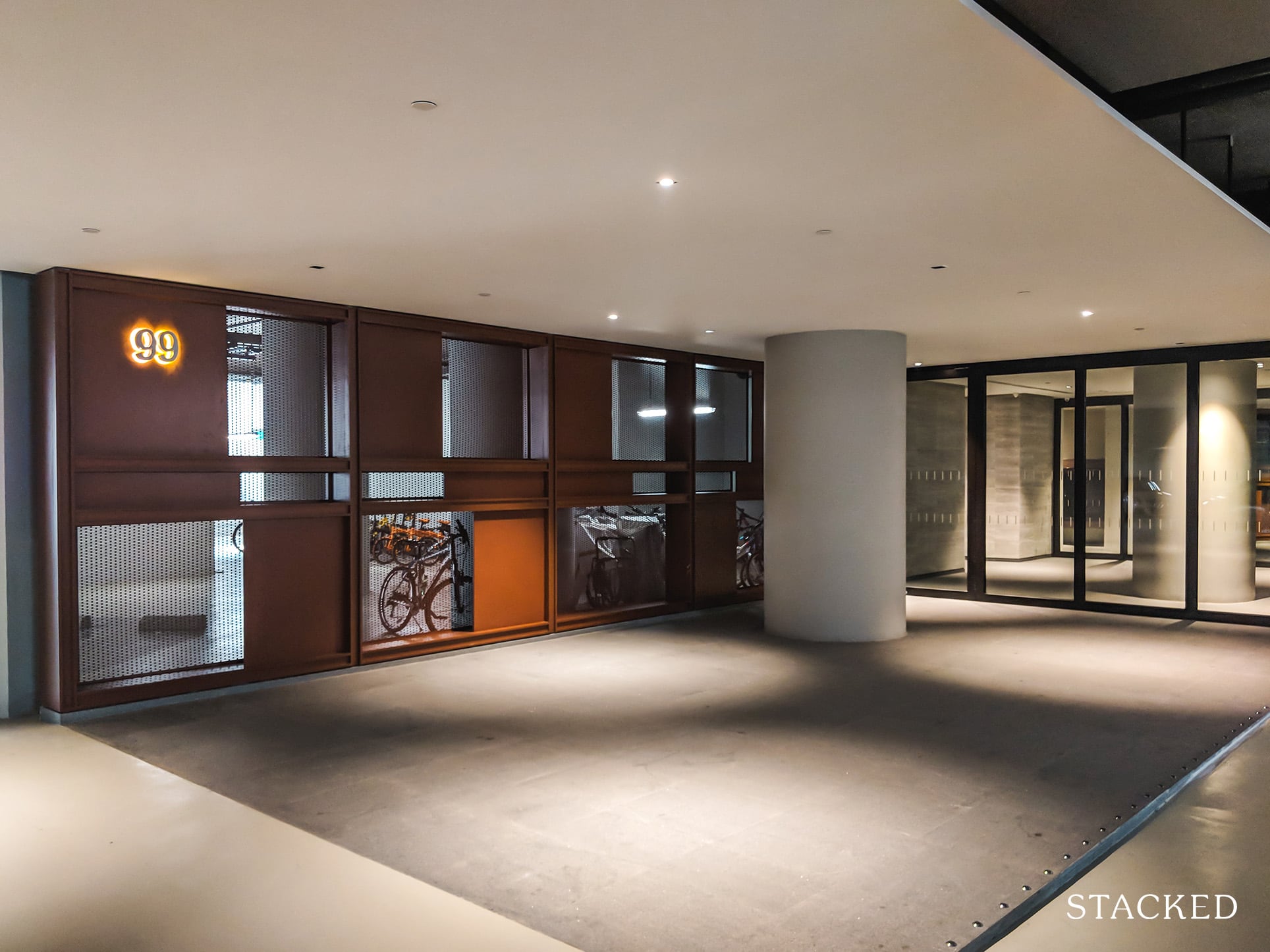
The main factors that older luxury condos lack, compared to newer counterparts
Some of the key differences include:
1. Concierge services
We’ll start by saying these aren’t loved by everyone, and some luxury condo buyers have opined that these are a “useless expense,” though we guess that depends on the quality of the project’s concierge. Some are just glorified security guard posts, whilst others will escort guests to your unit, find you an air-con repairman on Saturday, etc.
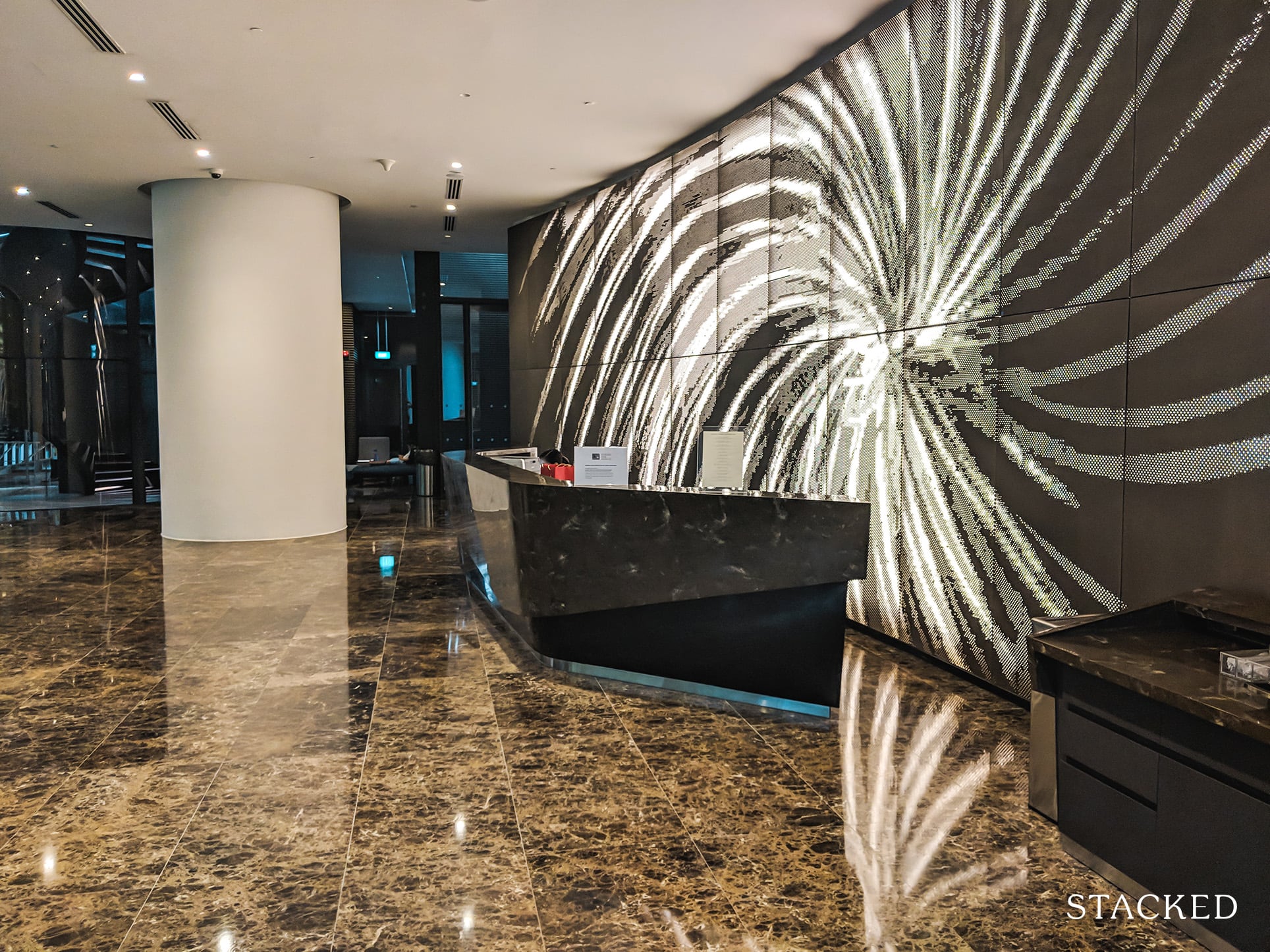
For older condos, concierge services generally don’t exist (and probably never will, as some owners will be up in arms if the expense is suggested). But it is a hallmark of luxury condos today to have an enclosed, lounge-like waiting area, with a concierge standing behind the desk.
DUO Residences, 8 St Thomas, South Beach Residences, and almost all the prime or luxury condos built in the mid-2010s onward feature concierge services; and even some mass-market projects, like GEM Residences, have a concierge desk.
But quite a few older luxury condos in River Valley, Holland Village, and Tanjong Pagar have a “greeting area” that’s just you standing in front of an antique intercom.
More from Stacked
5 Things Singles Should Know Before Buying Their First Private Home
Maybe you’re not interested in waiting till you’re 35 to get an HDB flat; or maybe you’re ready to start…
2. Private elevators
From Sloane Residences to Meyer Mansion, private elevators are now the norm for luxury condos. Even for mass market condos, there may be the occasional premium stack which offers these.
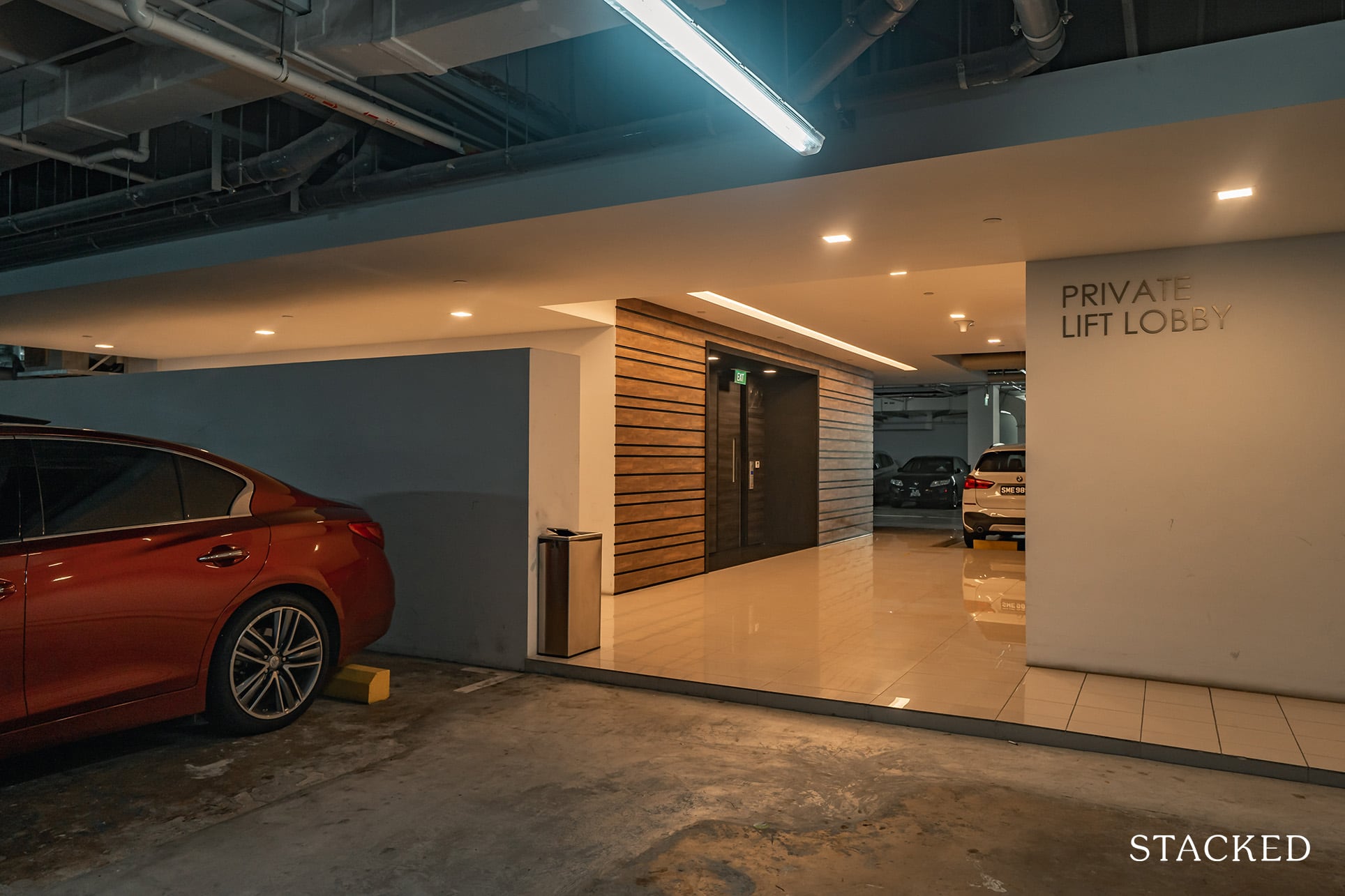
We know some of our more practical-minded readers roll their eyes at these, as it’s both expensive and troublesome if the one lift for the stack breaks down (they’d rather have more communal lifts). But the fact is, the lift opening up directly into your kitchen – or wherever in the unit it’s located – is now expected to be part of a $5 million+ price tag.
With older luxury condos, you’re just using communal lifts and waiting in the same lobby/landing areas. This is a little bit less private, and can be a huge deal to some people.
3. The PWCS system
This isn’t unique to luxury condos, but that it doesn’t exist for older ones can be a big deal. The Pneumatic Waste Conveyance System (PWCS), similar to the sort used by HDB, is even used in mass-market condos today. This uses a series of underground pipes to move garbage; and this plays a big role in avoiding dumping grounds or vermin issues.
Older condos, even if they were luxury builds, may not feature this – and that can bring about issues like vermin crawling into waste chutes in kitchens, or dump sites that you can see out your window. Not very glamorous, and not something a buyer may accept for a high-quantum unit.
This also isn’t something that can be corrected, as that’s simply the way the condo has been built. And while this applies to older condos at all price points, it’s a bigger issue for the luxury market, where everything is expected to be top of the line.
4. The decor in common areas
We don’t know if this is because emphasis on common area decor is a trend, or if older condos were well decorated, but gave up on it over time. It is, however, a glaring point of difference between old and new luxury condos.
Newer luxury condos tend to be quite hotel-like, featuring sculptures, paintings, etc. in the common areas. You can see this in developments such as Cuscaden Reserve, where the common areas wouldn’t look out of the norm in a luxury hotel setting.
Even Executive Condos like OLA have made a serious effort here, with Spanish master Eva Armisen commissioned to handle the art pieces and overall theme. So besides new luxury condos, even mass-market condos today place a lot more emphasis on the decor of the common areas.
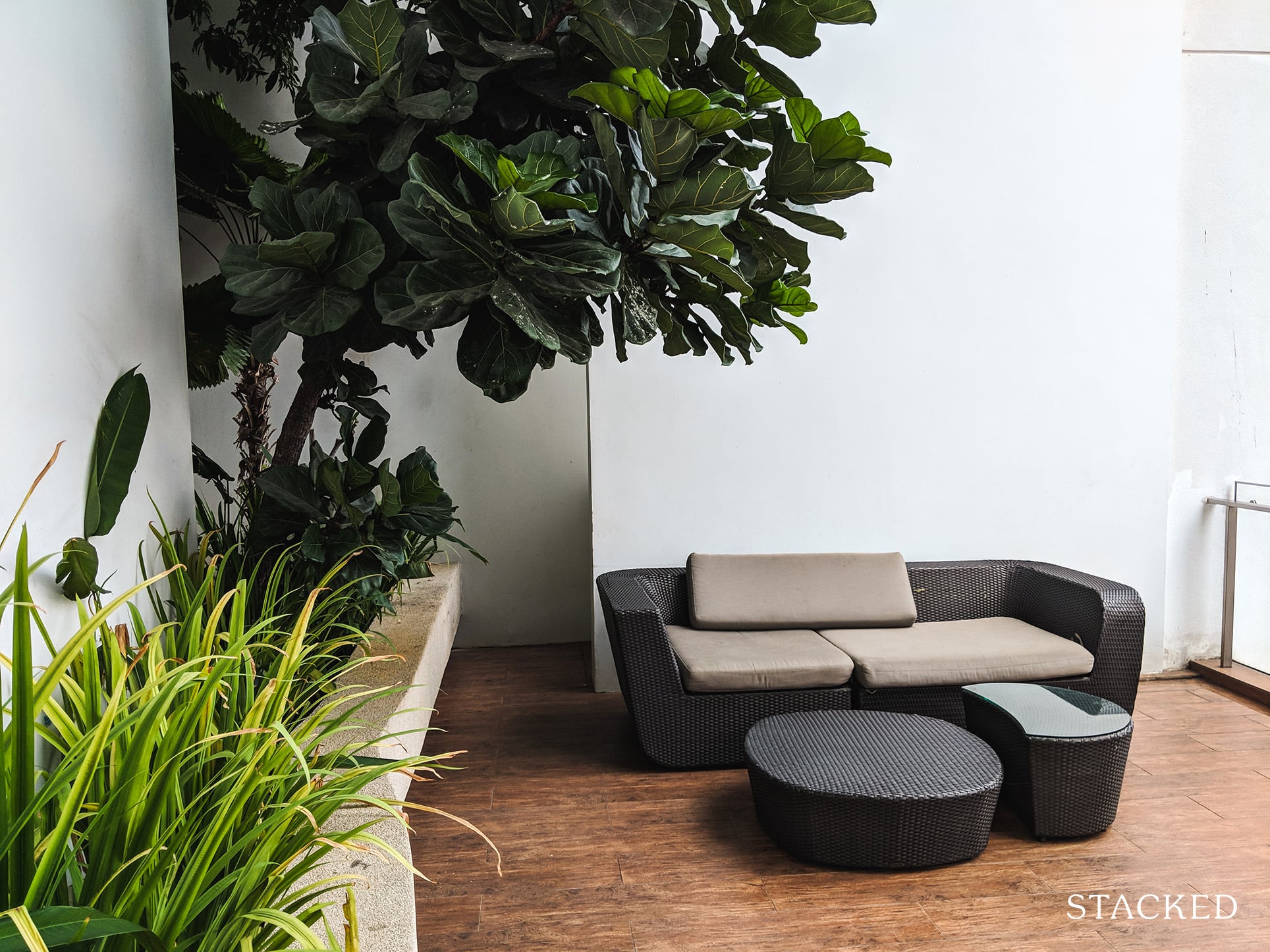
This is notably lacking in most older condos: for the 2000s or earlier developments, they tended to have the usual assortment of benches, landscaped areas, and ponds as the decorative elements. The difference between a mass market and luxury condo, in these earlier years, is simply less visible.
So far though, the Singapore market has been quite practical in its outlook. So long as luxury condos have the benefit of location, this has overpowered the other concerns. But as Singapore becomes increasingly decentralised, and the older luxury condos age further, this could start to take a toll. From what we’ve seen on the ground, there’s an increasing number of comments about the appearance and features (or lack thereof) in older, high-end projects.
For more on rumblings and news on the ground, follow us on Stacked. We’ll also provide you with reviews of old and new condo projects alike. If you’d like to get in touch for a more in-depth consultation, you can do so here.
Ryan J
A seasoned content strategist with over 17 years in the real estate and financial journalism sectors, Ryan has built a reputation for transforming complex industry jargon into accessible knowledge. With a track record of writing and editing for leading financial platforms and publications, Ryan's expertise has been recognised across various media outlets. His role as a former content editor for 99.co and a co-host for CNA 938's Open House programme underscores his commitment to providing valuable insights into the property market.Read next from Property Market Commentary

Property Market Commentary The Rare Condos With Almost Zero Sales for 10 Years In Singapore: What Does It Mean for Buyers?
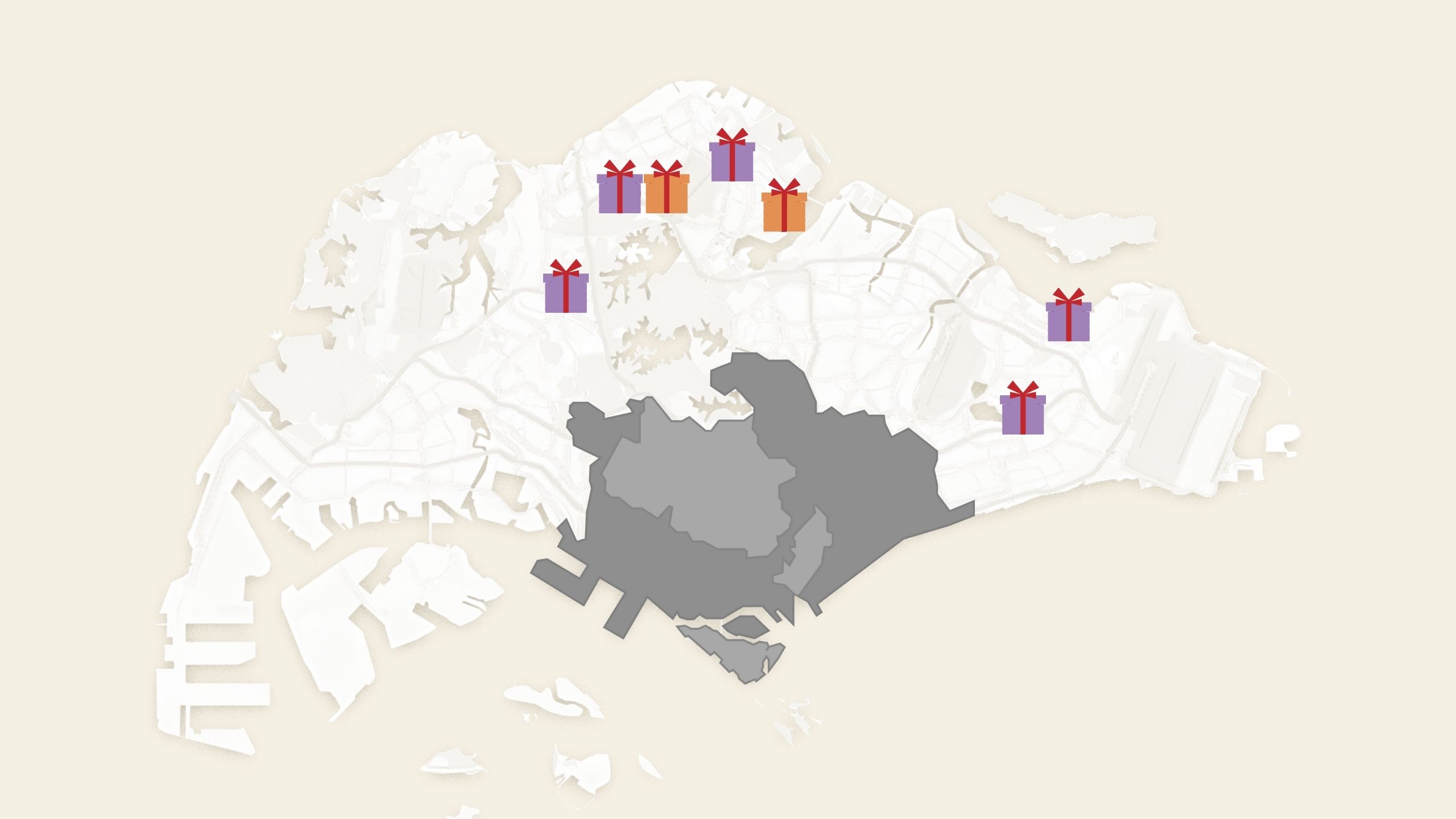
Property Market Commentary 5 Upcoming Executive Condo Sites in 2026: Which Holds the Most Promise for Buyers?
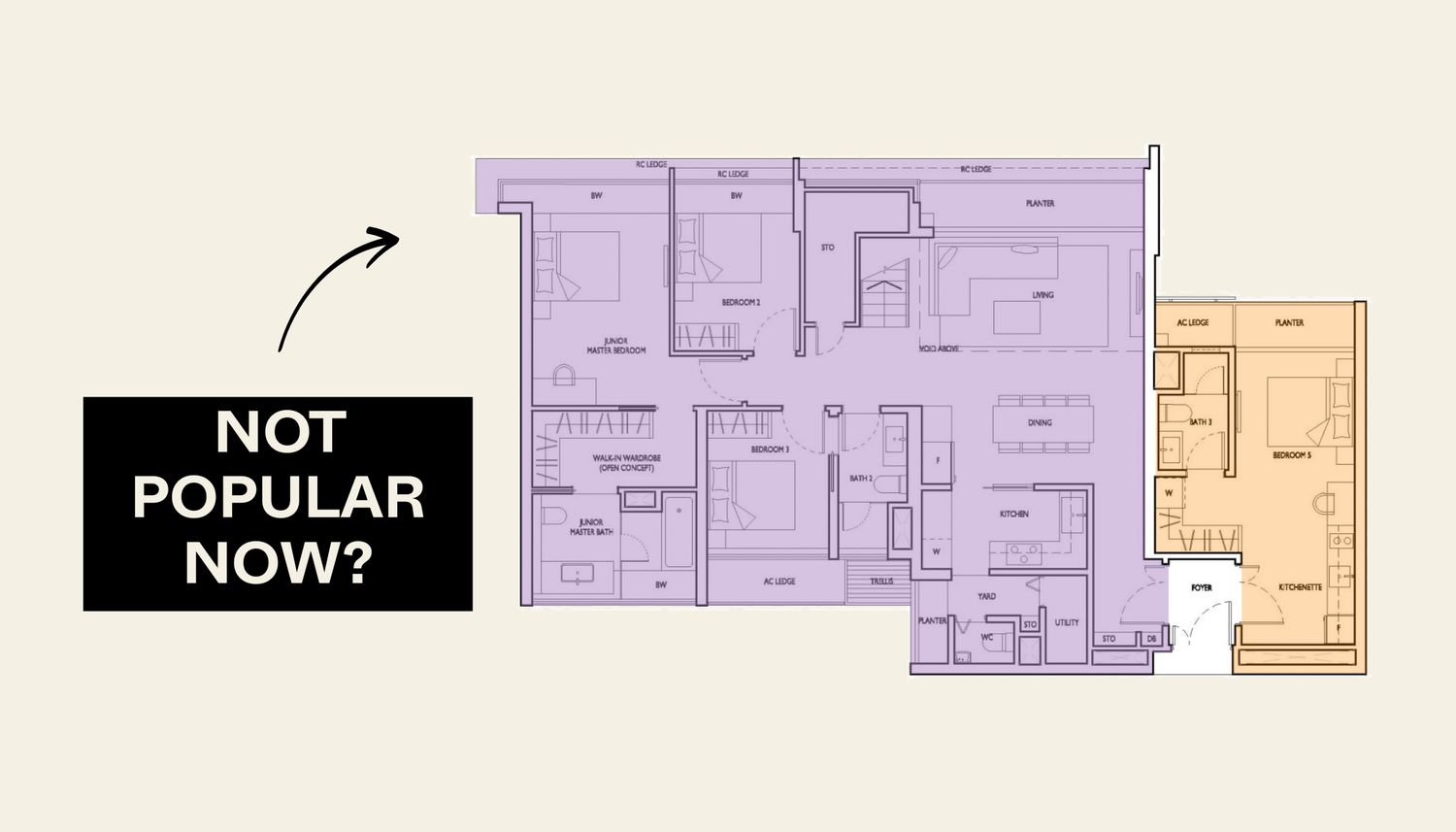
Property Market Commentary We Analysed Dual-Key Condo Units Across 2, 3 and 4 Bedders — And One Clear Pattern Emerged

Property Market Commentary Are New Launch Condos Really Getting Cheaper in 2025? The Truth Isn’t What You Think
Latest Posts
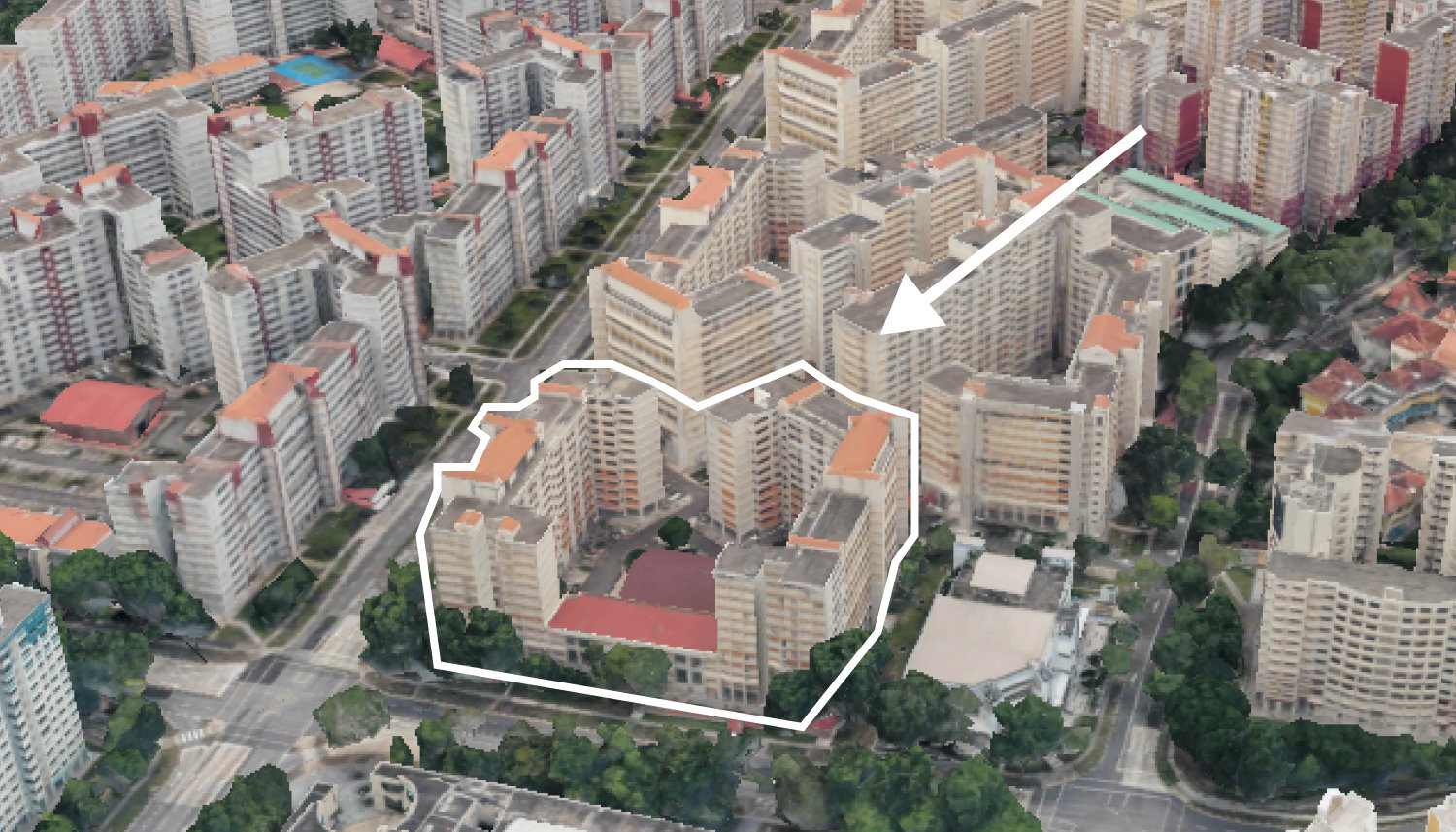
On The Market We Found the Cheapest Yet Biggest 4-Room HDBs You Can Buy From $480K
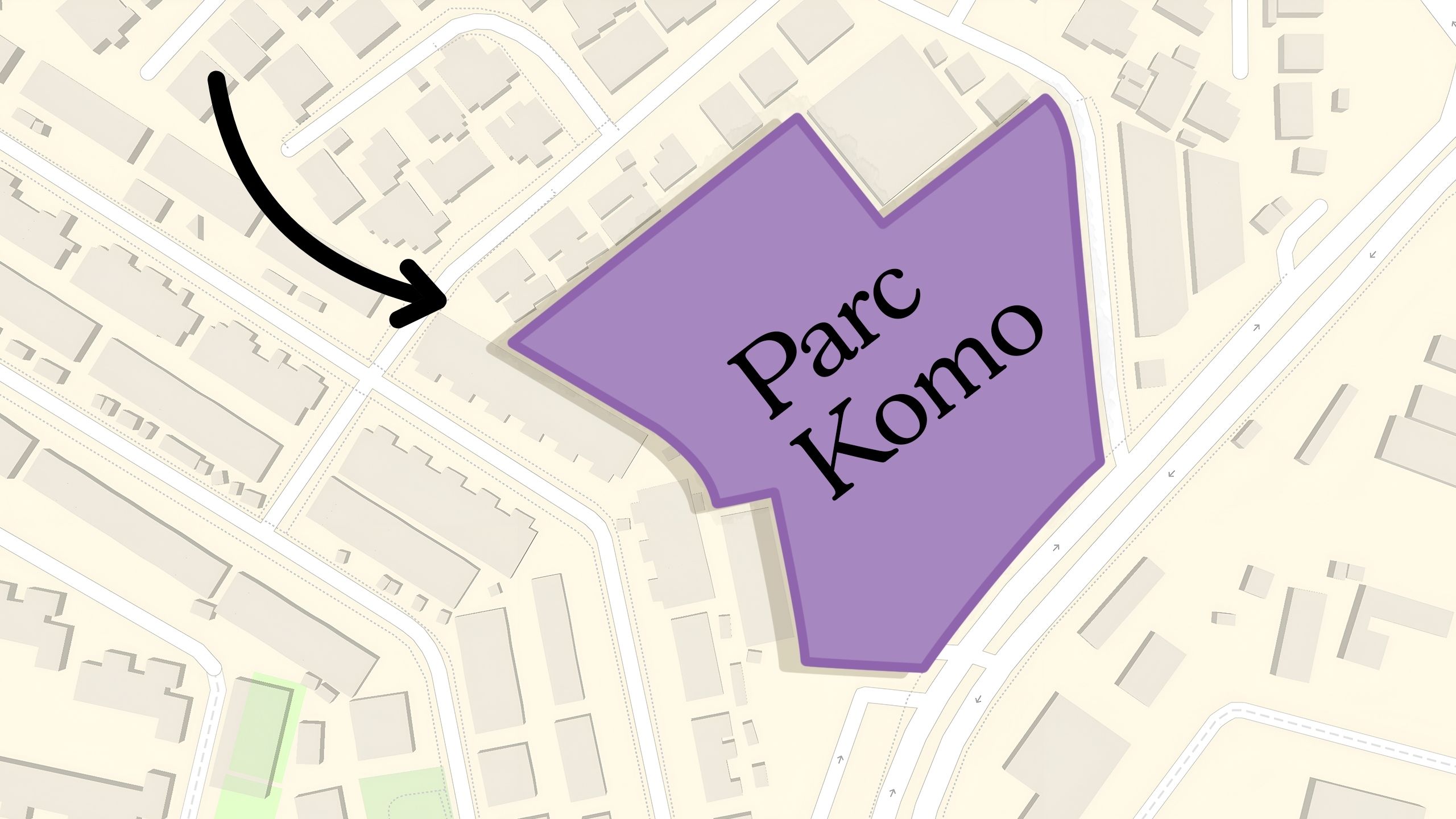
Pro Why This Freehold Mixed-Use Condo in the East Is Underperforming the Market
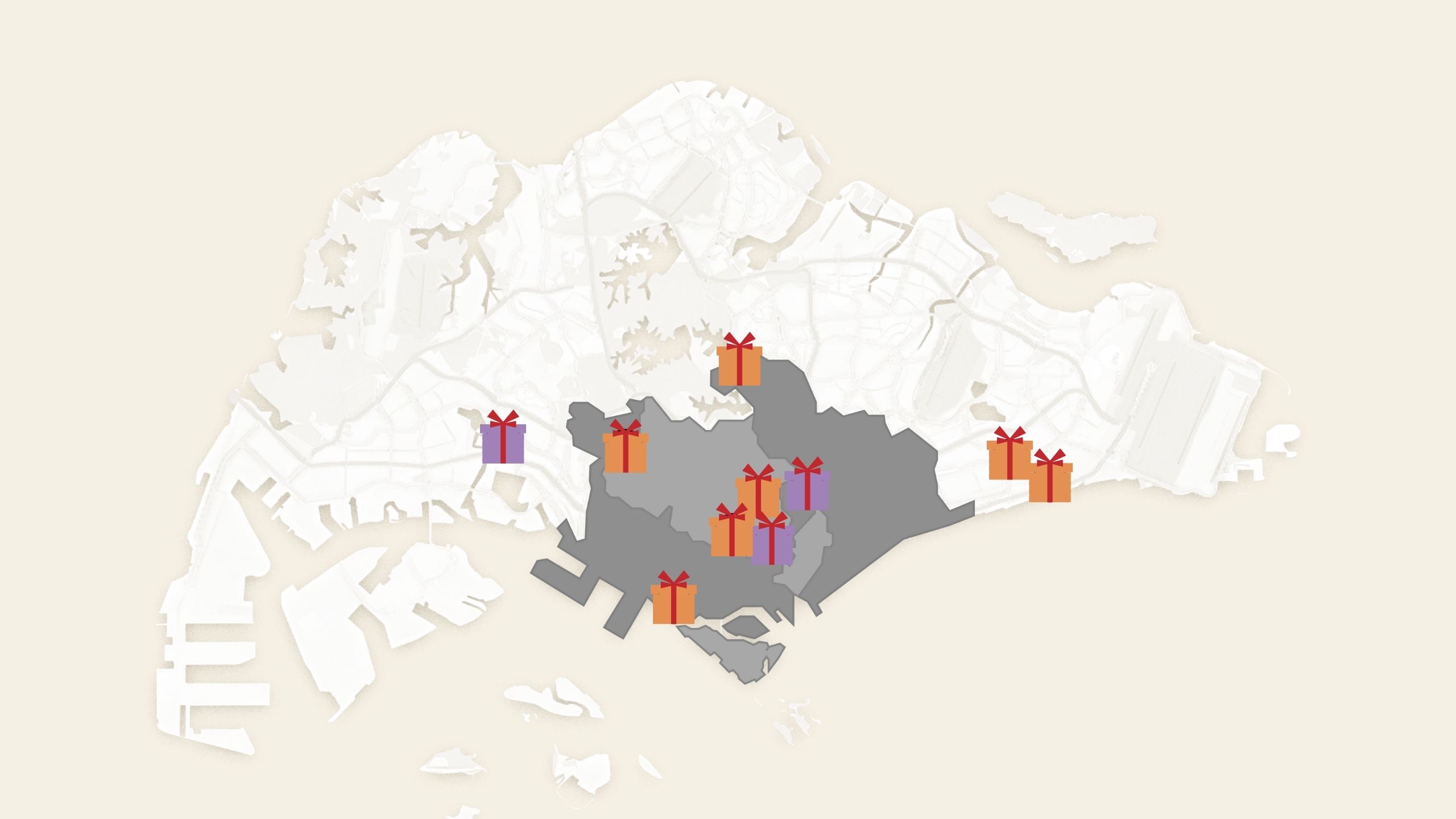
Singapore Property News 10 New Upcoming Housing Sites Set for 2026 That Homebuyers Should Keep an Eye On

Homeowner Stories I Gave My Parents My Condo and Moved Into Their HDB — Here’s Why It Made Sense.
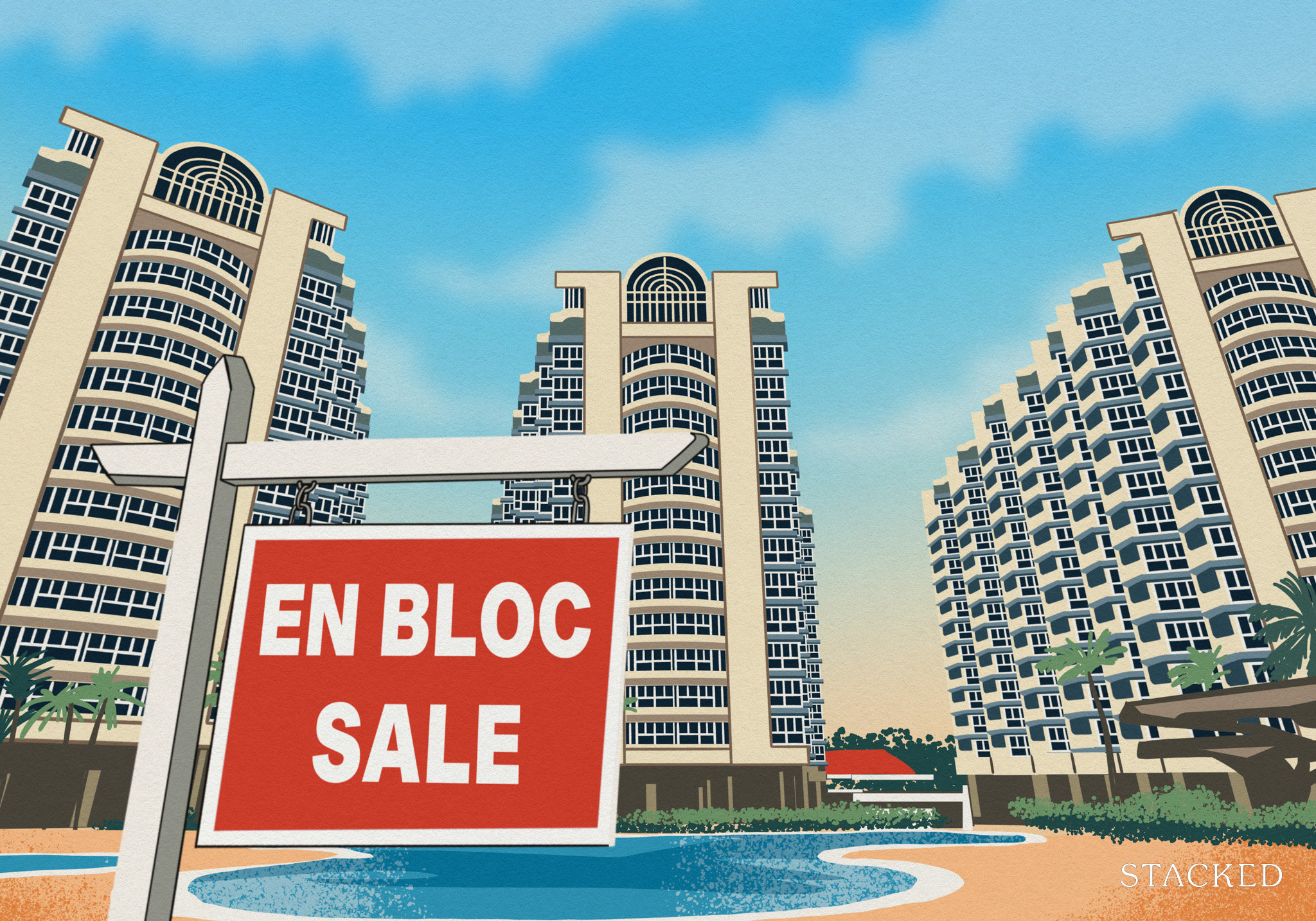
Singapore Property News Will Relaxing En-Bloc Rules Really Improve the Prospects of Older Condos in Singapore?

Pro Why This Large-Unit Condo in the Jervois Enclave Isn’t Keeping Up With the Market
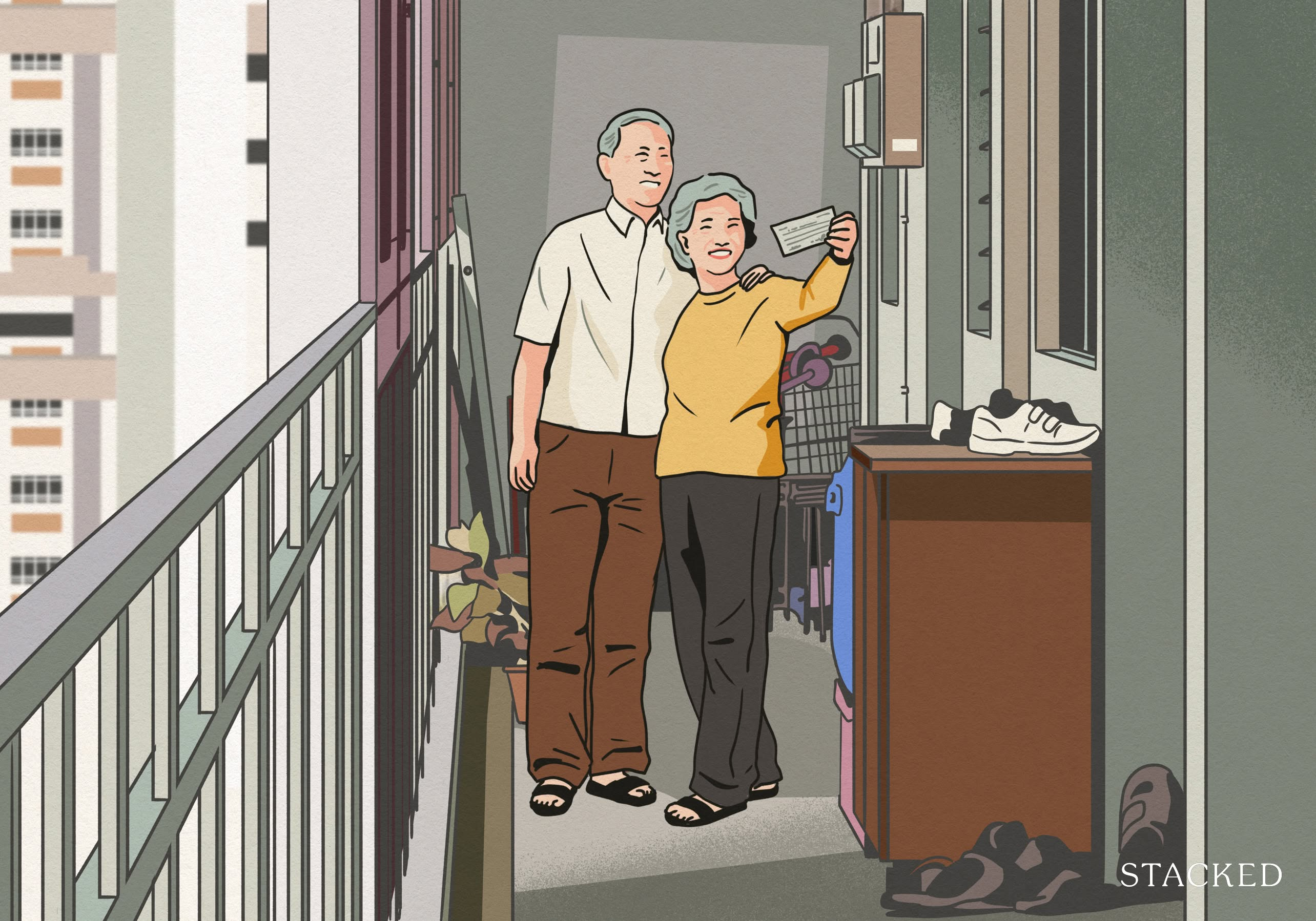
Singapore Property News A Housing Issue That Slips Under the Radar in a Super-Aged Singapore: Here’s What Needs Attention

Landed Home Tours Inside One of Orchard’s Rarest Freehold Enclaves: Conserved Homes You Can Still Buy From $6.8M
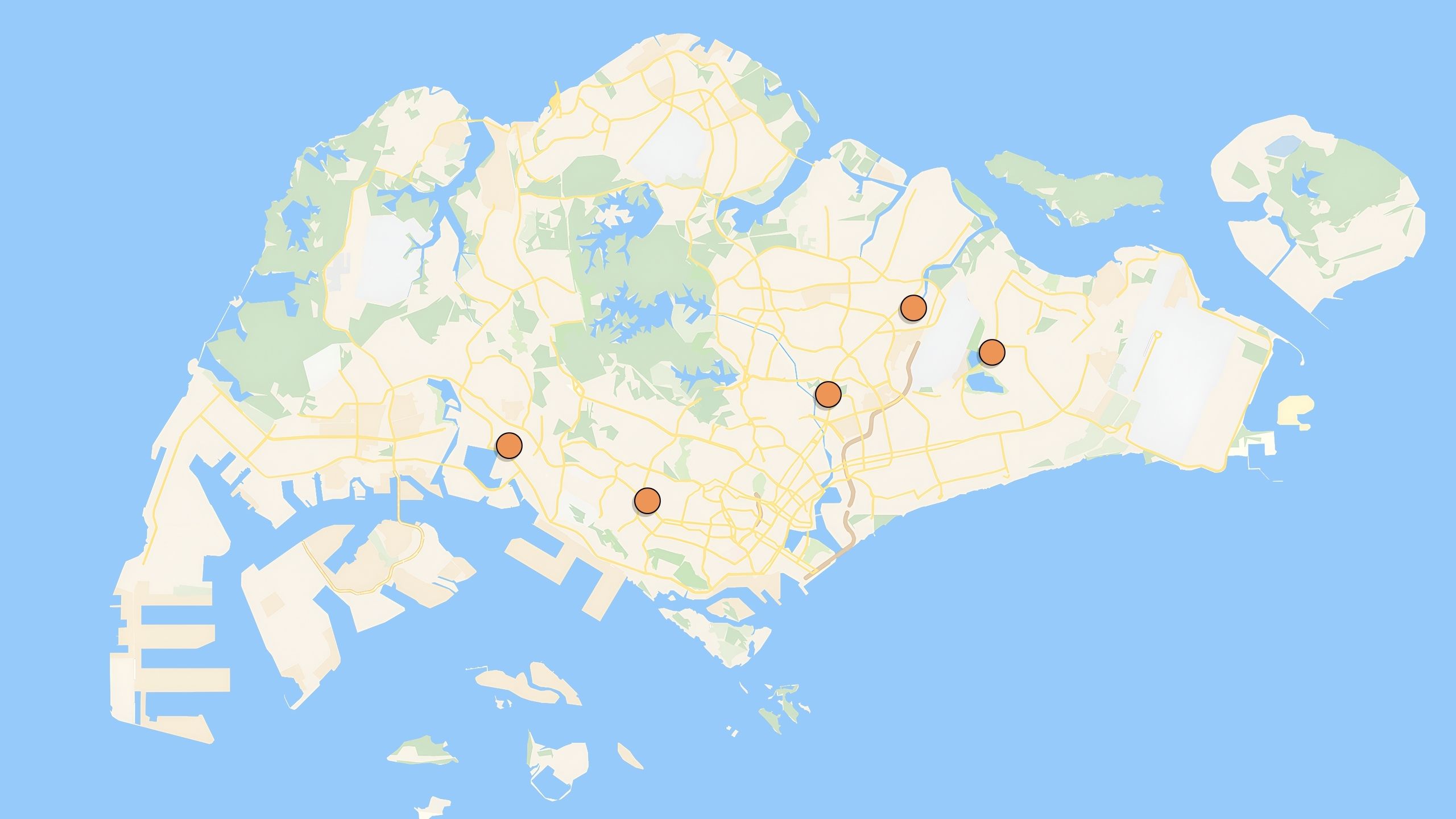
Property Investment Insights These 5 Condos In Singapore Sold Out Fast in 2018 — But Which Ones Really Rewarded Buyers?

On The Market We Found The Cheapest 4-Bedroom Condos You Can Still Buy from $2.28M
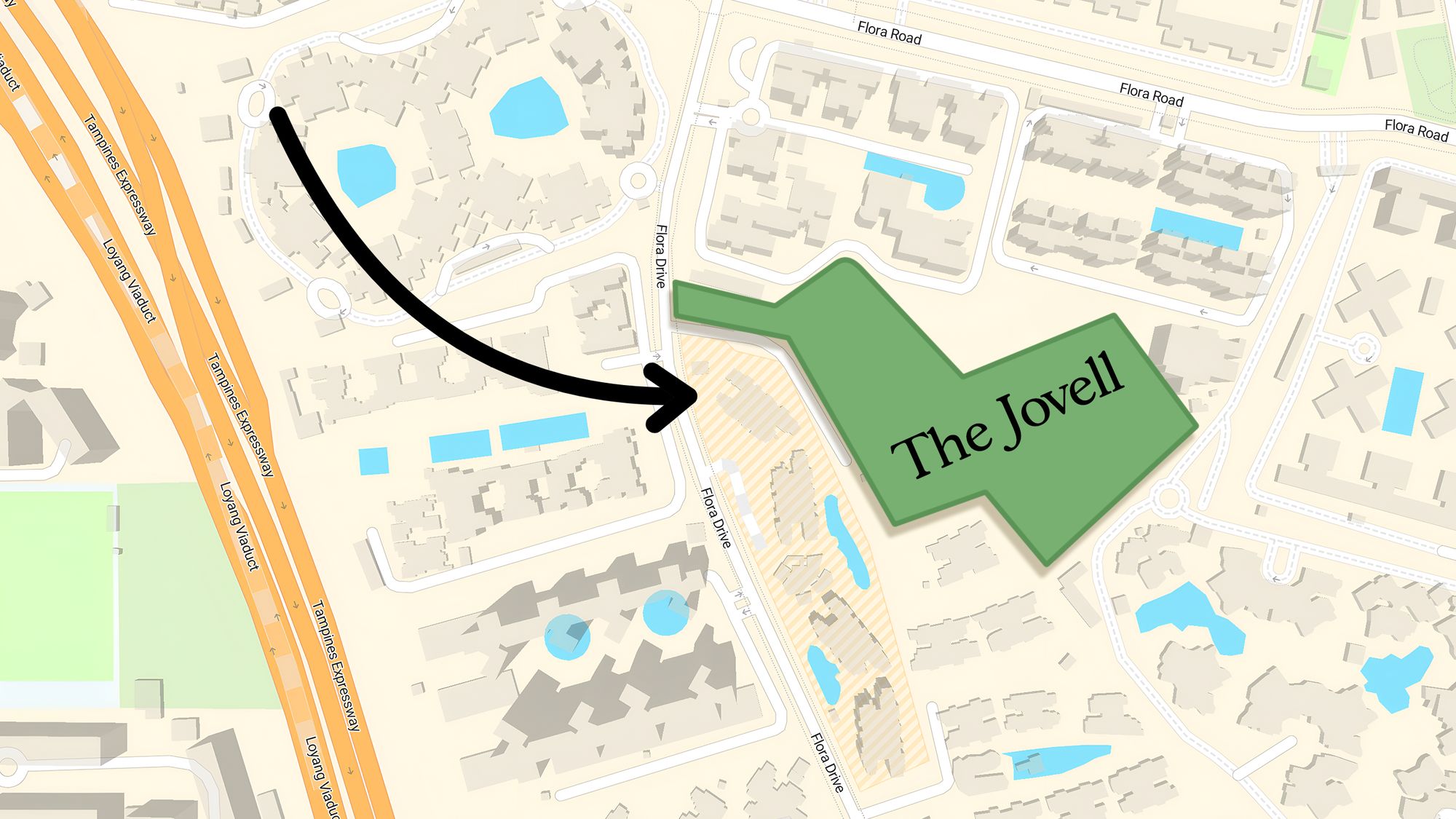
Pro Why This New Condo in a Freehold-Dominated Enclave Is Lagging Behind

Homeowner Stories “I Thought I Could Wait for a Better New Launch Condo” How One Buyer’s Fear Ended Up Costing Him $358K

Editor's Pick This New Pasir Ris EC Starts From $1.438M For A 3-Bedder: Here’s What You Should Know
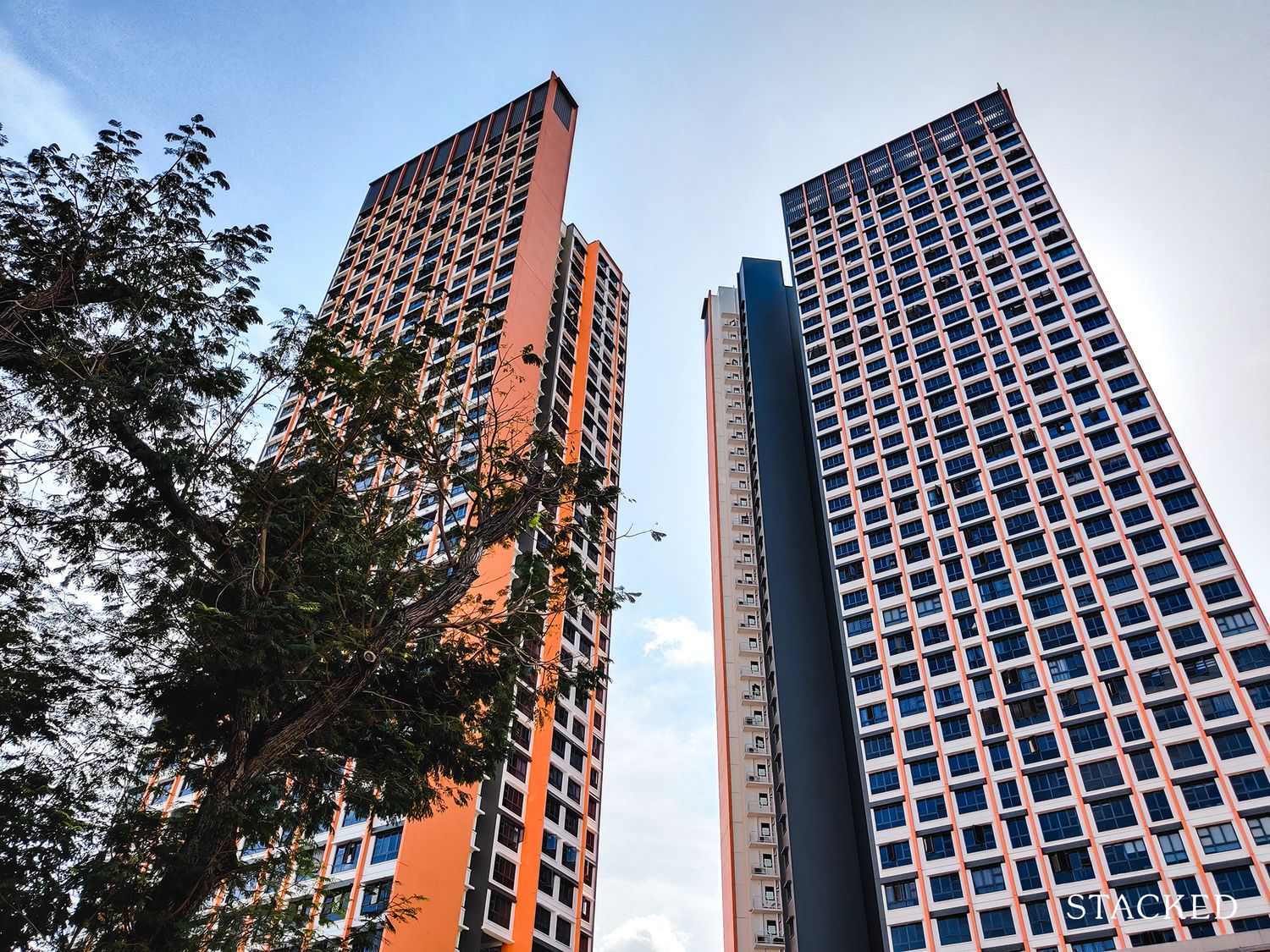
Singapore Property News This 5 Room Clementi Flat Just Hit a Record $1.488M — Here’s What the Sellers Took Home
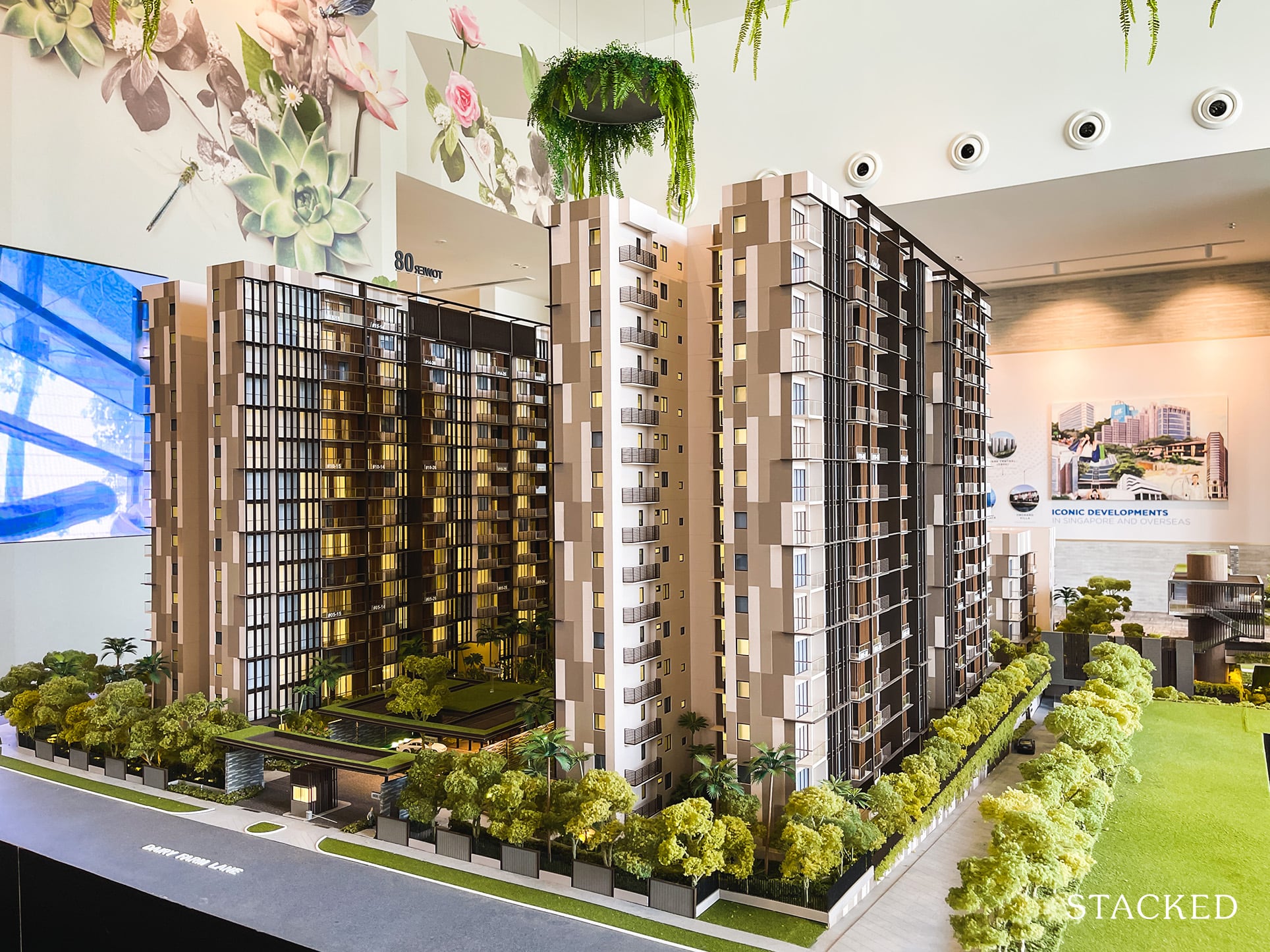
Pro Why This Mixed-Use Condo at Dairy Farm Is Lagging Behind the Market


